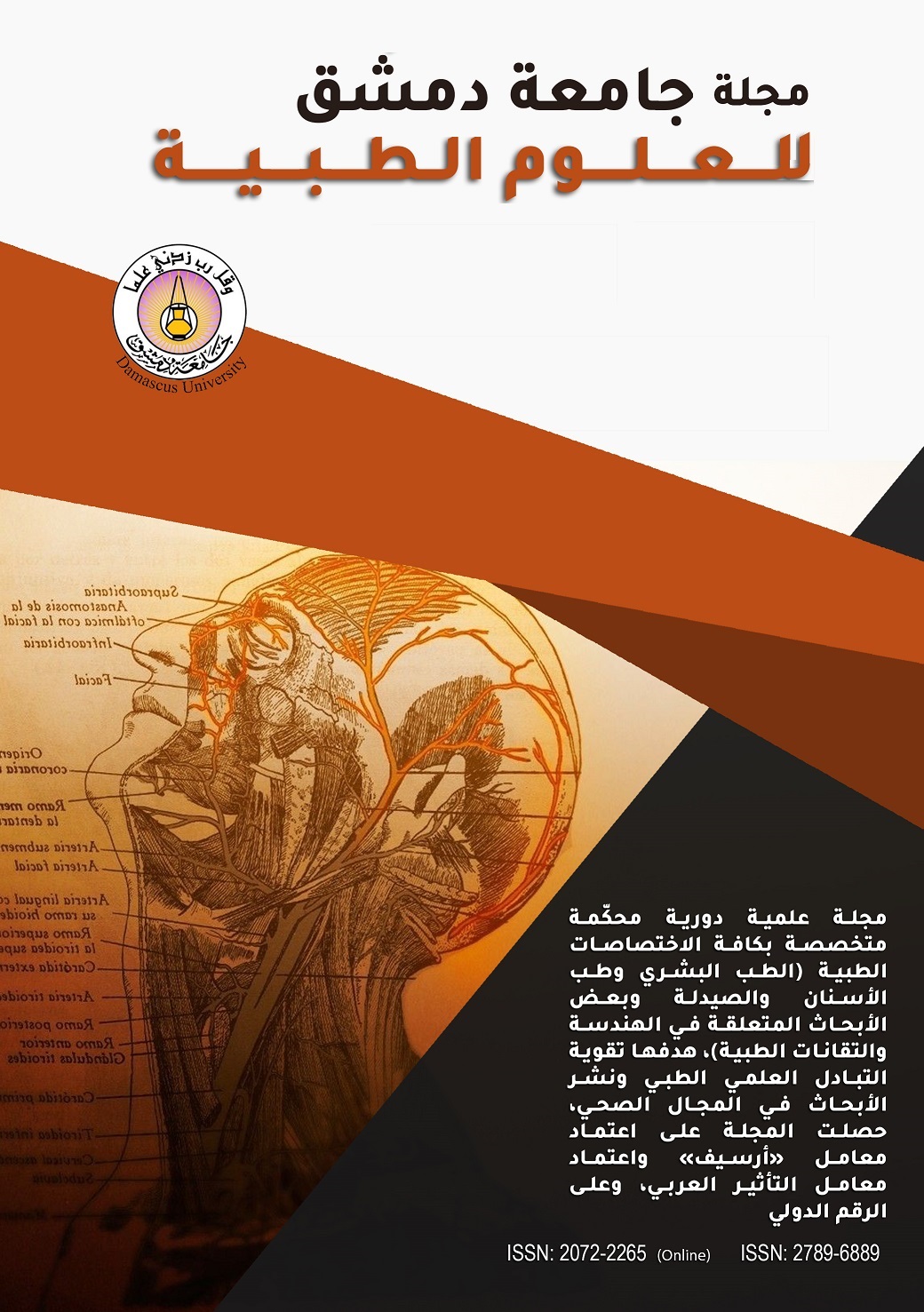study of diaphragm ultrasound as predictor of success in weaning from mechanical ventilation
Keywords:
diaphragmatic thickness, diaphragmatic excursion, Diaphragmatic thickening fraction (DTF)Abstract
Background & Aim: Predictive indexes of weaning from mechanical ventilation are often inaccurate especially in children. This study was done To assess whether the diaphragmatic ultrasonography can be used as an additive new parameter for the mechanically ventilated patients in PICU besides clinical and laboratory criteria.
Measurement diaphragmatic thickness and excursion by ultrasonography in eligible patients for mechanical ventilation weaning, and assess it as a predictor for successful weaning.
Methods :prospective cohort study ,including patients who were prepared for weaning using ultrasonography to measure diaphragmatic thickness and excursion and TDF, after filling a form includes name, gender, age, weight, reason for admission , laboratory and clinical criteria and mechanical mode .
Finding : the study included 168 patients , they were divided into three age groups, the weaning success rate was 76.2%, and the failure rate was 23.8%. the most common reason for admission was the neurological cause, the sensitivity of the DTF was 79% and its specificity was 57%. The positive predictive value was 85% and the negative predictive value was 46%. While the sensitivity of diaphragmatic excursion was 87%, its quality is 44%, the positive predictive value was 75%, and the negative prediction was 65%
Conclusion : diaphragmatic ultrasonography can be adopted as a new predictor for mechanical ventilation weaning by measuring diaphragmatic thickness and excursion.

